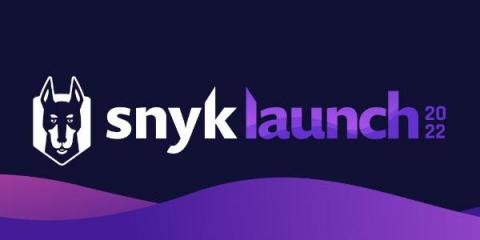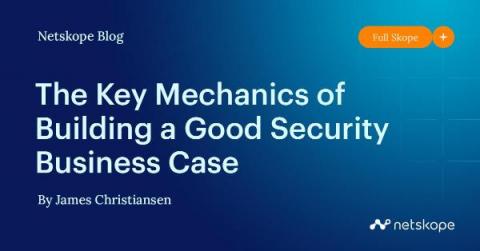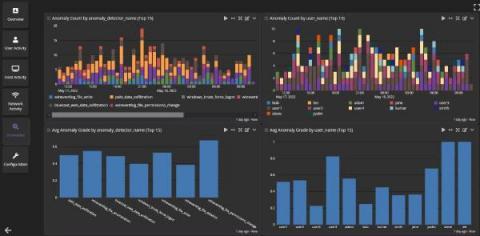How to deal with ransomware on Azure
Let’s dig deeper into the techniques used by attackers and the mitigations you should implement when ransomware on Azure affects you. By now, we should all be aware of ransomware from the constant news articles associated with this known threat. As we explained in the anatomy of a cloud attacks, ransomware is a way for attackers to make money when they gain control of your accounts through data encryption, therefore restricting your access to the system.











